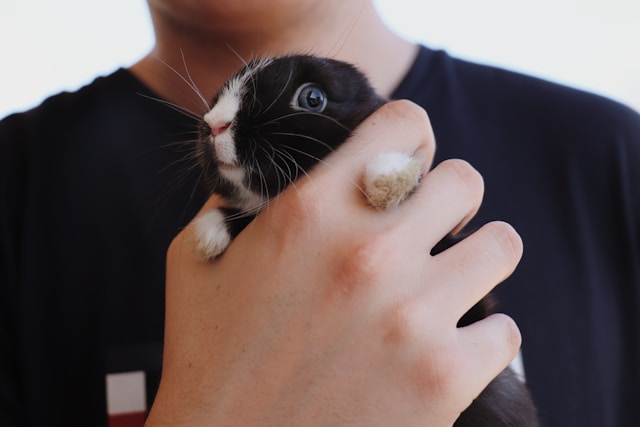Introducing a pet into your household is a big decision especially when young children are involved. Small pets can be an excellent way to teach kids about responsibility, empathy, and the joys of companionship. However, not all pets are equally suited for children, especially first-time pet owners.
If you’re considering adding a furry (or scaly) friend to your family, this guide to the best small pets for kids will help you make an informed choice. From cuddly companions to easy pets for kids with busy schedules, we’ve covered a variety of options that suit different personalities, ages, and lifestyles.
Why Consider a Small Pet for Your Child?
Small pets are often ideal for families because they require less space, are generally easier to care for, and offer manageable responsibilities for kids. They can also serve as a gentle introduction to pet ownership, teaching children how to be nurturing and attentive.
Benefits of having a small pet for children include:
-
Encouraging responsibility through daily routines
-
Teaching empathy and emotional connection
-
Offering companionship and reducing anxiety
-
Providing learning opportunities in biology and behavior
Things to Consider Before Choosing a Pet
Before diving into the list of low-maintenance pets for children, consider the following:
-
Allergies: Check for sensitivities to fur, feathers, or dander.
-
Lifespan: Some small pets live only a couple of years, while others may require a decade-long commitment.
-
Space Requirements: Some animals, like rabbits or guinea pigs, need more room than others.
-
Maintenance: Know how much cleaning, feeding, and care is needed daily.
-
Temperament: Ensure the pet is safe, social, and manageable for the child’s age.
Best Small Pets for Kids
Here’s a list of small pets that are typically great for children, along with the pros and cons of each.
1. Hamsters
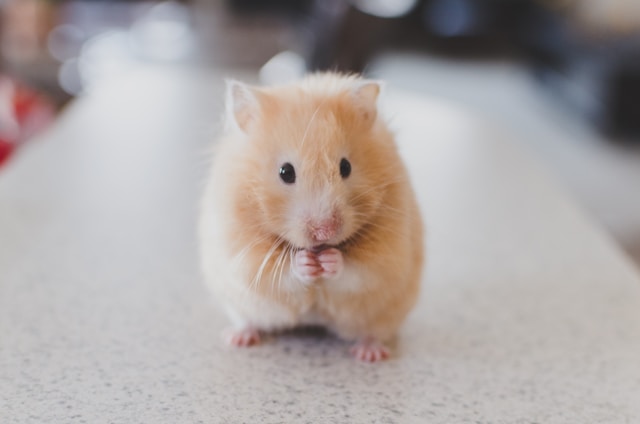
Hamsters are a popular choice for kids, especially for first-time pet owners. They are independent and don’t require much space.
Pros:
-
Inexpensive to care for
-
Fun to watch and interact with
-
Short lifespan (2–3 years), which can be manageable for young kids
Cons:
-
Nocturnal active at night
-
Can be skittish or bite if startled
-
Better for older kids (7+) who can handle them gently
2. Guinea Pigs
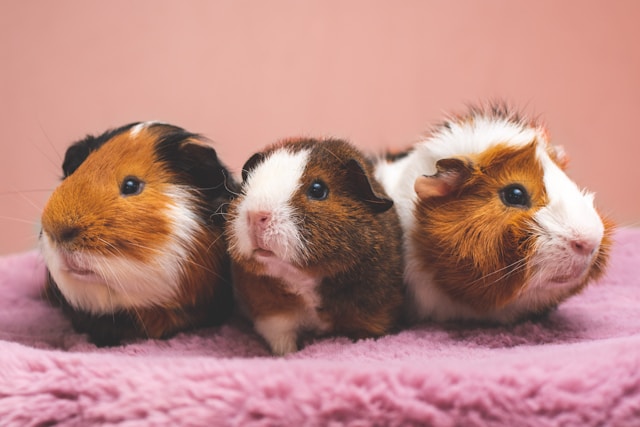
Guinea pigs are sociable and gentle creatures that often thrive in pairs.
Pros:
-
Friendly and affectionate
-
Live longer than hamsters (5–7 years)
-
Great for bonding with children
Cons:
-
Require a larger enclosure
-
Daily feeding and cleaning needed
-
Need companionship (consider adopting two)
3. Rabbits
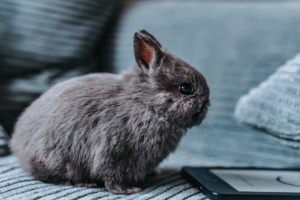
Rabbits are playful and intelligent pets that can form strong bonds with kids.
Pros:
-
Can be litter trained
-
Enjoy cuddles and interaction
-
Fun personalities
Cons:
-
Need lots of space and time outside their cage
-
Require supervision with young children
-
Average lifespan is 8–12 years
4. Fish (Betta or Goldfish)

Fish are great starter pets for kids who aren’t ready for hands-on care.
Pros:
-
Calming to watch
-
Simple daily feeding routine
-
No fur or allergens
Cons:
-
No interaction or bonding
-
Regular tank cleaning required
-
Sensitive to water conditions
5. Turtles
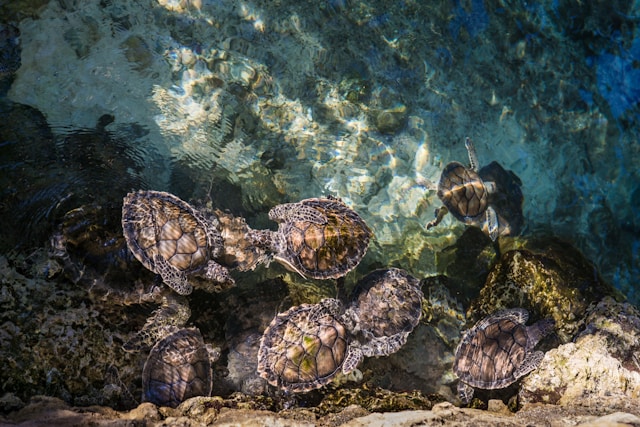
Turtles are a unique choice for kids who are curious and observant.
Pros:
-
Fascinating to observe
-
Long lifespan (up to 30+ years)
-
Low noise and odor
Cons:
-
Require special lighting and heating
-
Not cuddly or interactive
-
Can carry salmonella supervision needed
6. Parakeets (Budgies)
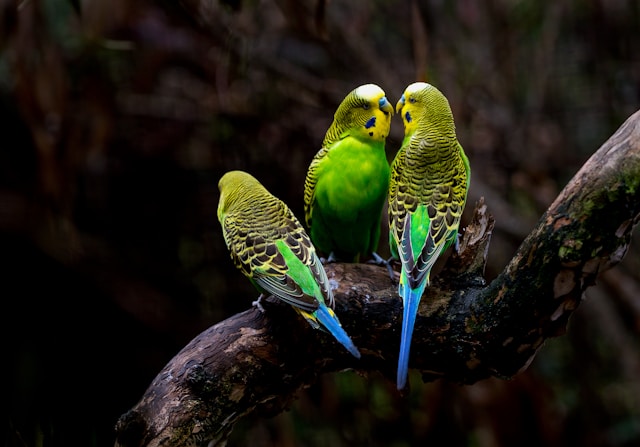
These colorful birds are social and intelligent, making them fun for older children.
Pros:
-
Can learn to talk or mimic sounds
-
Enjoy interaction and play
-
Don’t need a lot of space
Cons:
-
Can be noisy
-
Require daily socialization and mental stimulation
-
Cage needs frequent cleaning
7. Gerbils or Mice
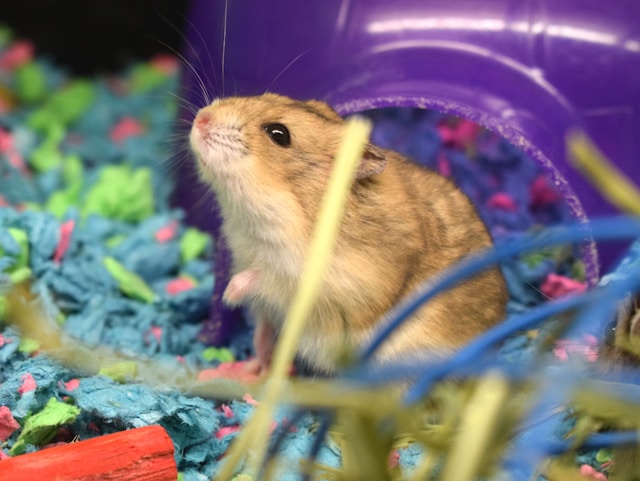
These small rodents are active, curious, and relatively low-maintenance.
Pros:
-
Entertaining to watch
-
Easy to care for
-
Short lifespan (2–3 years)
Cons:
-
Fragile—need careful handling
-
Can be quick and hard to catch
-
Better for older children
8. Leopard Geckos
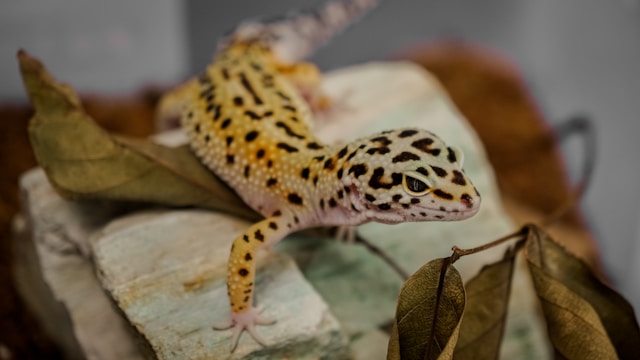
If your child is interested in reptiles, a leopard gecko is one of the best beginner pets.
Pros:
-
Quiet and calm
-
Low odor
-
Require minimal daily care
Cons:
-
Need specific heat and lighting setups
-
No cuddling or emotional bonding
-
May not appeal to all kids
Best Pets by Age Group
Here’s a quick breakdown of the best small pets for kids based on age:
-
Ages 4–6: Betta fish, goldfish (with adult supervision)
-
Ages 7–9: Hamsters, guinea pigs, parakeets
-
Ages 10–12: Rabbits, turtles, leopard geckos
Always supervise pet care for younger children and gradually increase their responsibilities as they grow.
Teaching Kids Pet Responsibility
Getting a pet is not just about fun it’s also about forming healthy habits. Here are a few ways to teach children how to care for their small pets:
-
Create a pet care schedule (feeding, cleaning, playtime)
-
Assign age-appropriate chores like brushing or changing water
-
Model behavior and guide them on how to handle the pet gently
-
Encourage questions and learning about the animal’s needs
Pets to Avoid for Young Children
While many animals are appealing, some are not suited for small children:
-
Ferrets – Energetic but high-maintenance and can bite
-
Snakes – May be intimidating or require complex care
-
Large birds (e.g., cockatoos, macaws) – Intelligent but noisy and demanding
-
Exotic animals – Often illegal or require specialized care
Stick with beginner pets for families that are easy to handle and won’t overwhelm your child.
Conclusion
Choosing the best small pets for kids depends on your child’s age, personality, and your household’s lifestyle. Whether you’re looking for low-maintenance pets for children or interactive companions that offer more engagement, there’s a perfect match out there.
By doing a little research, setting realistic expectations, and fostering a sense of responsibility, you can create a positive and rewarding experience for both your child and their new pet.

